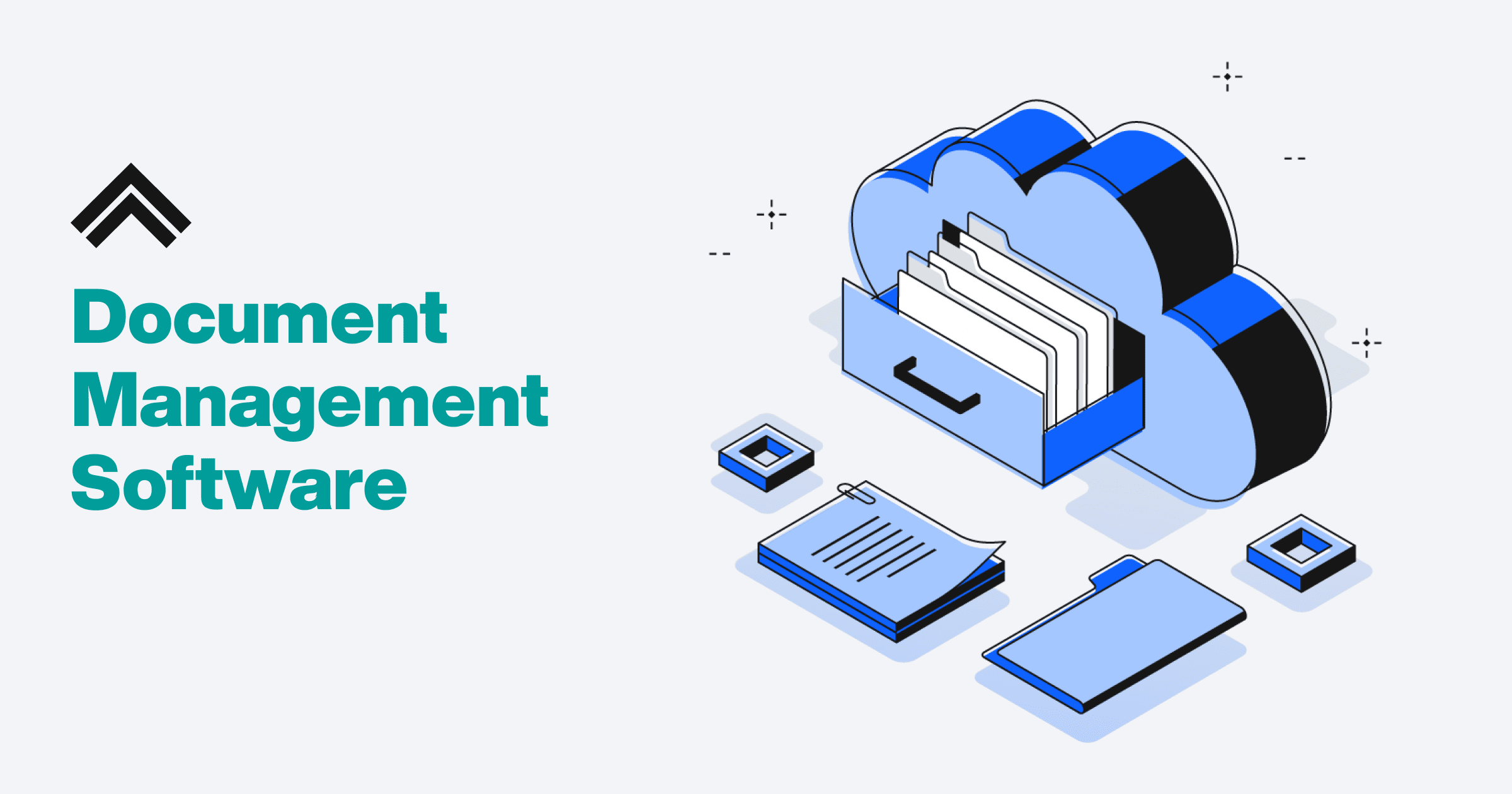
AI in document management is moving quickly. In 2025, it’s no longer a side story – it’s becoming the backbone of how enterprises handle their critical files. Two recent developments illustrate the trend: Filevine’s $400 million raise in the legal tech sector and Box’s release of new AI-powered features for enterprise customers. These cases point to the same conclusion: AI is reshaping the market from both ends – deep specialization and broad enterprise adoption.
Filevine: Legal Tech Betting on AI
In September 2025, Filevine, a Utah-based legal technology firm, secured $400 million in funding. The most striking part is the revenue breakdown: AI-driven products now bring in more income than Filevine’s older modules.
The company is leaning heavily into AI for tasks that eat up countless hours in law firms:
assembling medical chronologies for litigation,
providing real-time insights during depositions,
helping draft and review lengthy filings.
Instead of just trimming costs, Filevine is repositioning itself as a company where AI isn’t an add-on but the primary driver of growth.
Box: Expanding AI Across Enterprises
One month later, at BoxWorks 2025, Box announced three major AI updates:
Box Extract – turns contracts, PDFs, and scanned files into structured data.
Box Automate – brings AI agents into workflows to check compliance, monitor risks, and speed up approvals.
Box Shield Pro – introduces new layers of classification and access control for sensitive material.
While Filevine focuses on depth in one industry, Box illustrates the opposite play: spreading AI horizontally across thousands of organizations. With more than 115,000 enterprise customers, the company is positioning itself as the go-to platform for document intelligence at scale. If you’re looking for a custom AI document management platform, a good choice would be to talk to a team like S-PRO .
A Market That’s Heating Up
The Intelligent Document Processing (IDP) market was valued at about $2.3 billion in 2024 and is projected to grow at a 24.7% CAGR until 2034, according to Global Market Insights Inc.
At the same time, AI document management tools more broadly – platforms that blend classification, governance, and search – are flagged by analysts as among the fastest-growing enterprise software categories. Industries like banking, insurance, and healthcare are leading adopters, because they deal with both massive document volumes and strict compliance rules.

Gartner’s Caution: Fix the Basics First
A 2025 Gartner report makes the warning plain: most failures in generative AI pilots are not caused by weak models but by poor document management.
“AI systems can’t deliver accurate answers if documents are scattered, inconsistent, or poorly structured,” Gartner analysts observed.
Key stumbling blocks include:
documents spread across multiple repositories,
a mix of scanned, unsearchable files without OCR,
lack of access control and governance.
Without solid foundations, even the strongest AI models end up producing unreliable or misleading results.
The Pipeline Behind AI Document Tools
Modern systems for AI document processing are built step by step:
OCR: Converting images and scans into machine-readable text. Popular tools: ABBYY FlexiCapture, Azure Form Recognizer.
Preprocessing: Breaking large files into manageable chunks.
Embeddings: Turning text into vectors for semantic search.Vector databases: Using Pinecone, Milvus, or Weaviate to store and retrieve content.
RAG (retrieval-augmented generation): Feeding relevant chunks into LLMs like GPT-4 or Claude to generate grounded answers.
Each stage depends on document consistency. If OCR misses text or metadata is absent, the entire chain weakens.
Why These Two Announcements Matter
The Filevine and Box news show two sides of the same market shift:
Filevine proves that highly specialized AI can transform industries like law, where documents define the business model.
Box demonstrates that enterprise-wide AI is no longer experimental but becoming a built-in layer of everyday operations.
Together, they highlight how document AI is maturing: it’s no longer a pilot project or hype cycle; it’s becoming the infrastructure underpinning enterprise knowledge work.
Closing
Document AI is not just about digitizing files anymore. It’s about building a backbone that generative AI can rely on. Filevine’s funding reflects investor confidence in vertical disruption. Box’s new tools underline that the enterprise stack is shifting toward automation by default.
For any organization exploring AI, the message is straightforward: before you scale copilots or agents, fix your documents first.



